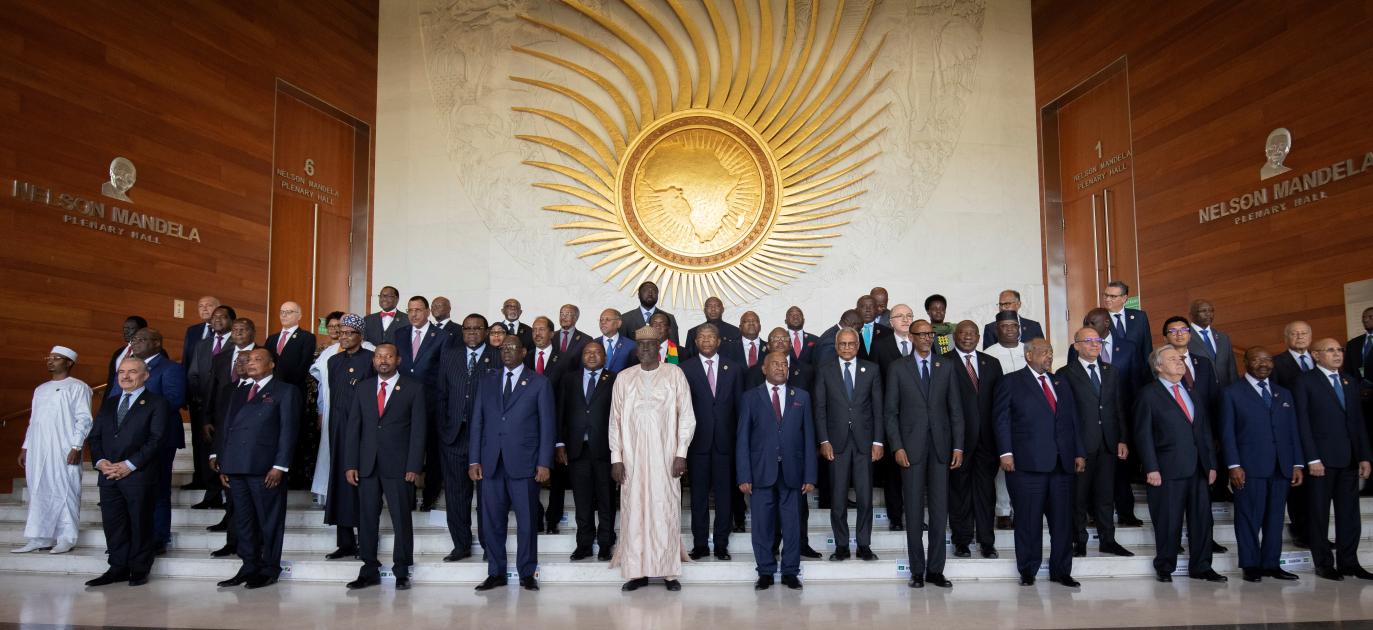When we say regional economies, we are referring to economic bodies that work towards strengthening trade and business in different regions of a continent or the world.
In Africa, there are different regional bodies whose purposes are to work towards making businesses and trades in their regions grow in order to enhance sustainable development in their regions.
This piece of writing will therefore bring to the fore the biggest regional economies on the African continent and a few of the activities that have strengthened them.
One reason why regional integration is important is that it helps in reducing or removing trade barriers, and also encourages economic growth.
These regional economic communities are expected to serve their member states with the implementation of the regional integration agenda.
Regional integration often times helps to strengthen the voices of small nations that face disadvantages in dealing with the rest of the world because of their low bargaining power and high negotiation costs.
It is therefore not out of place to say that regional integration is of more benefit and very important to Africa’s small countries.
Currently, Africa’s integration landscape contains an array of regional economic communities, including eight bodies recognized as the building blocks of the African Union, AU.
These eight regional bodies are named as follows;
1. Arab Maghreb Union, AMU
2. Community of Sahel-Saharan States, CEN-SAD,
3. Common Market for Eastern and Southern Africa, COMESA,
4. East African Community, EAC
5. Economic Community of Central African States, ECCAS
6. Economic Communities of West African States, ECOWAS
7. Intergovernmental Authority on Development, IGAD
8. South African Development Commission, . SADC.
For the purpose of this article, we would be looking at the contributions of four of these regional bodies to Africa’s growth and integration. Our focus is on; SADC, ECOWAS, COMESA and EAC.
The Common Market for Eastern and Southern Africa (COMESA)
The Common Market for Eastern and Southern Africa, COMESA is recognised as the largest regional economic organization in Africa.
It comprises 21 African member states that came together with the aim of promoting regional integration through trade and the development of human and natural resources, for the benefit of all the people in the region.
COMESA countries include; Burundi, Comoros, DR Congo, Djibouti, Egypt, Eswatini, Eritrea, Ethiopia, Kenya, Libya, Madagascar, Malawi, Mauritius, Rwanda, Seychelles, Somalia, Sudan, Tunisia, Uganda, Zambia, and Zimbabwe.
An important component of the success story of COMESA is its institutions. They help to respond to specific niches in the region. The institutions are also involved in skills development and extensive market research that allows them to link evidence to their decision-making processes.
The Economic Community of West African States (ECOWAS)
The Economic Community of West African States ECOWAS is a west African Economic bloc that was established in 1975. Presently, it has 15 member states.
The main goal of ECOWAS is to promote economic cooperation among member states, in order to raise the people’s living standards and promote economic development.
ECOWAS has also worked to address some security issues by developing a peacekeeping force for conflicts in the west African region.
The economic bloc is working towards achieving a common currency ‘Eco’ in the region. The single currency is yet to be implemented.
The organisation is striving for gradual political integration. To this end, a joint parliament and a joint court of justice have been established alongside the ECOWAS Commission, ECOWAS’ executive body.
The 15 member countries are; The Republic of Benin, Burkina Faso, Cabo Verde, Cote d’Ivoire, The Gambia, Ghana, Guinea, Guinea-Bissau, Liberia, Mali, Niger, Nigeria, Senegal, Sierra Leone, and Togo.
Austria and ECOWAS cooperate closely in various areas, such as renewable energies and energy efficiency, conflict prevention and early warning systems as well as training for regional peace operations.
The Southern African Development Community (SADC)
The Southern African Development Community, SADC is the biggest regional body in Southern Africa.
It comprises 16 member states, which are; Angola, Botswana, DR Congo, Lesotho, Madagascar, Malawi, Mauritius, Mozambique, Namibia, Seychelles, South Africa, Swaziland, Tanzania, Zambia, and Zimbabwe
SADC emerged as a response to the challenges of independence and the impact of apartheid South Africa in the Southern African region.
South Africa had attempted to exert its influence in the region mainly through its efforts to establish a Constellation of Southern African States, and subsequently, during the high years of apartheid, through military operations against targets in neighbouring countries and other means of destabilizing the region.
The SADC is solely focused on the following;
· Achieving development and economic growth.
· Alleviating poverty among its members
· Promoting regional employment
· Enhancing the standard and quality of life.
· Supporting the socially disadvantaged through regional integration.
The East African Community (EAC)
The East African Community, EAC is among the leading regional economic blocs in Africa.
In recent years, the EAC has made giant strides toward the economic integration of its member states.
The mission of the EAC is to widen economic, political, social, and cultural integration in order to improve the quality of life of the people of East Africa through increased competitiveness, value-added production, trade, and investments.
Just like the ECOWAS, the EAC is also working towards a common market for it member states, while it has established a free trade area and a customs union.
In all, the EAC has seven member States which are, Burundi, DR Congo, Kenya, Rwanda, South Sudan, Uganda, and Tanzania.
The Regional Economic Communities (RECs) are regional groupings of African states and are the pillars of the African Union. All were formed prior to the launch of the AU and have developed individually and have different roles and structures.
The purpose of the RECs is to facilitate regional economic integration between members of the individual regions and through the wider African Economic Community (AEC), which was established under the Abuja Treaty (1991). This Treaty, which has been in operation since 1994, ultimately seeks to create an African Common Market using the RECs as building blocks.


